Rivet welding: An indispensable joining process in modern manufacturing Robust and reliable connections begin with the craft of riveting and welding.
In today’s manufacturing industry, the choice of joining technology has a direct impact on product quality and performance. Riveting and welding processing, as a key joining process, provides companies with an efficient, reliable and cost-effective solution by organically combining riveting and welding technologies.
Whether it’s in aerospace, automotive manufacturing or construction, rivet machining plays a vital role. In this article, we will give you an insight into the advantages of riveting and welding, application scenarios and how to choose a professional riveting and welding service.
What is riveting processing?
Rivet-welding processing is a metal joining process that combines riveting and welding techniques. It combines the advantages of both techniques: riveting provides extremely high shear strength and reliability, while welding ensures a hermetic and continuous connection.
This process is particularly suitable for joining different materials and sheet thicknesses, as well as for those application scenarios that are sensitive to thermal deformation.![图片[1]-Riveting: An indispensable joining process in modern manufacturingRobust and reliable connections begin with the craft of riveting.-Dalian Fuhong Machinery Co., Ltd](https://endlfh.com/wp-content/uploads/2025/09/QQ20250829-200803-800x679.png)
1. High strength and durability
Rivet-welded connections are capable of withstanding extremely high shear and tensile forces, ensuring structural stability and safety under extreme conditions. The rivet-welding combination process significantly reduces stress concentrations and increases fatigue life compared to welding alone.
2. Reduction of deformation
Especially in thin plate welding, conventional welding tends to cause deformation of the workpiece.6 The degree of deformation of the rivet welding process is significantly smaller than that of the plug welding process, which can significantly reduce welding deformation and greatly reduce the levelling workload of the workpiece.6
3. Applicable to a wide range of materials
The rivet welding process is particularly suitable for aluminium sheet metal parts, which are susceptible to weld cracks due to deformation and poor weldability during the welding process.1 The rivet welding process has found an alternative process for aluminium sheet metal parts that are not suitable for welding.1
4. Quality stability
By optimising the welding process parameters for riveting, it is possible to verify that theRivet Welding Processof reasonableness6 to ensure quality consistency in high-volume production.
Areas of application for rivet welding processes
Rivet welding technology is widely used in several industries:
Aerospace: aircraft skins, joining of structural components
Automotive manufacturing: manufacture of body structures, chassis components
Construction industry: connection of steel bridges and high-rise buildings
Electronic equipment: assembly of cases and enclosures
Industrial equipment: manufacture of heavy machinery and pressure vessels
How to choose a professional rivet machining service
There are several key factors to consider when choosing a rivet machining service:
Technical expertise: Ensure that the service provider has extensive experience in rivet welding, especially with examples of experience similar to your project. A study of the application of the electric rivet welding process to thin plate welding6 demonstrates the importance of optimising the process parameters.
Quality control systems: Understand suppliers’ quality testing methods and standards to ensure their ability to deliver consistent, high-quality products.
Equipment capacity: advanced production equipment is the basis for ensuring the accuracy and quality of riveting and welding processing.
Certifications and standards: Check whether the supplier has industry-related certifications, such as ISO quality system certification and welding certification.
Customisation Capability: Good suppliers are able to provide customised riveting solutions based on your specific needs.
Advantages of our riveting and welding services
Our company specialises in providing high quality riveting and machining services with the following advantages:
Advanced process: We study the relationship between rivet size and bottom hole during riveting1 and summarise a set of process methods for riveting countersunk head nails1 to ensure optimal performance at each connection point.
Quality Assurance: Strict implementation of quality control standards ensures that every product meets customer specifications and industry requirements.
Quick Response: With our efficient production process and rich experience, we are able to respond quickly to customer needs and shorten delivery time.
Comprehensive support: From design consultation to post maintenance, we provide full process technical support and services.
concluding remarks
As an efficient and reliable joining process, riveting and welding processing has an irreplaceable place in modern manufacturing. Choosing the right riveting and welding processing service provider not only ensures product quality, but also improves productivity and reduces overall costs.
We are committed to providing our customers with the highest quality riveting and welding fabrication services, combining technical expertise and state-of-the-art equipment to ensure the success of your project. Whatever your joining challenges, our team is capable of providing you with innovative riveting solutions.
Feel free to contact our team of experts to learn more about our riveting machining capabilities and how we can provide a customised solution for your specific needs.

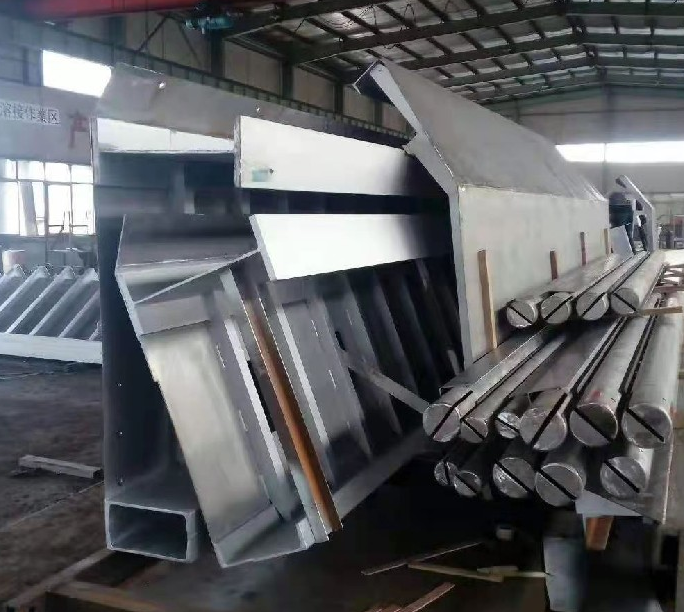


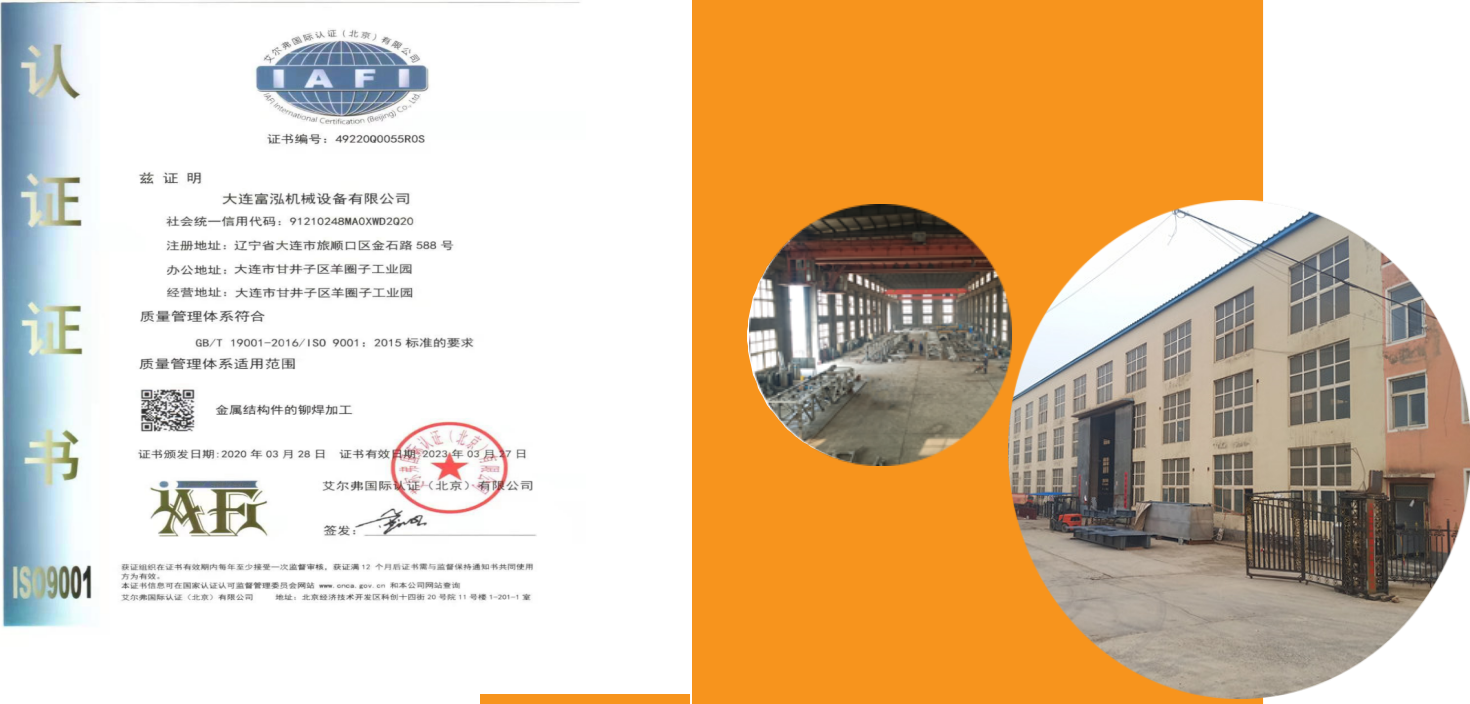
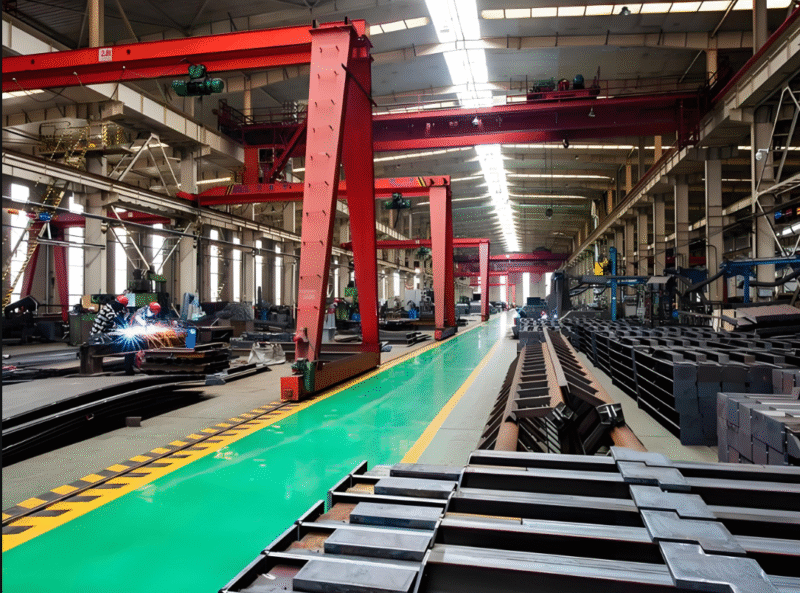

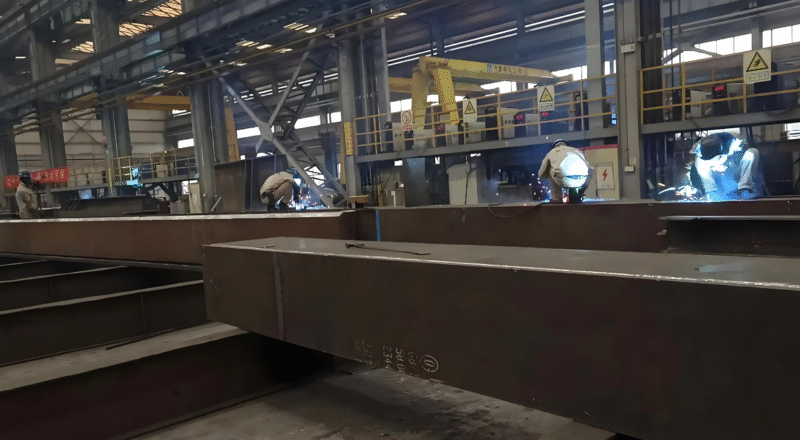
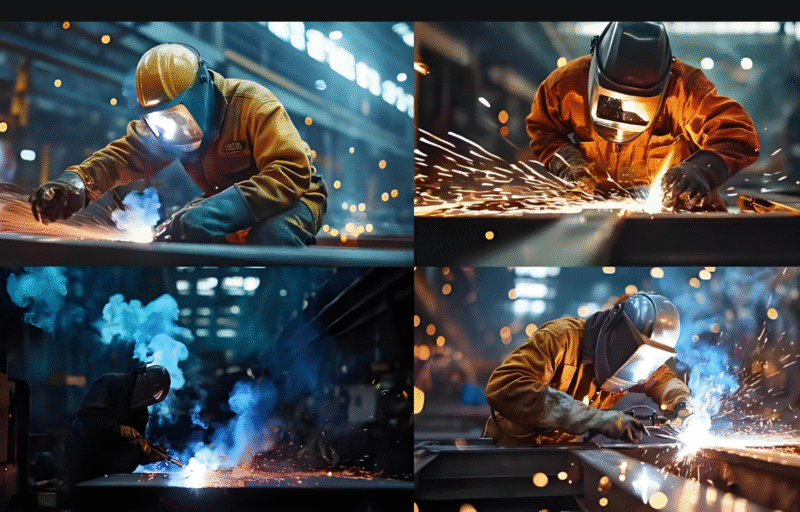

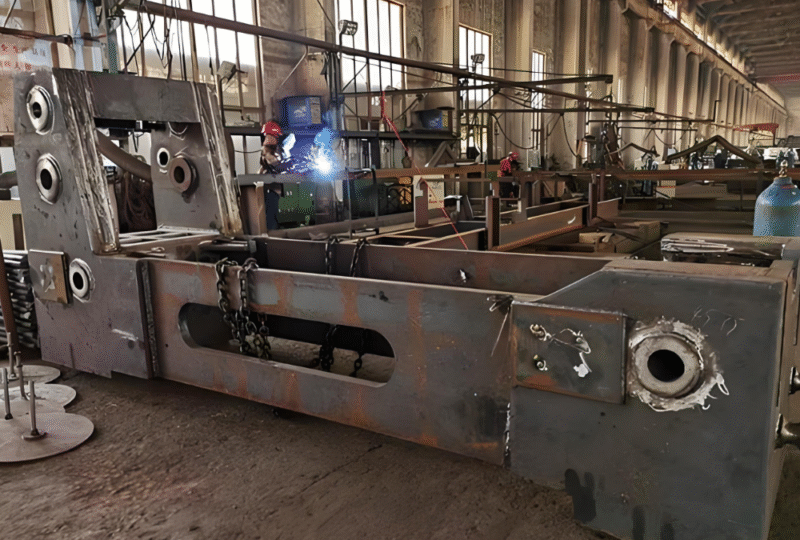

暂无评论内容